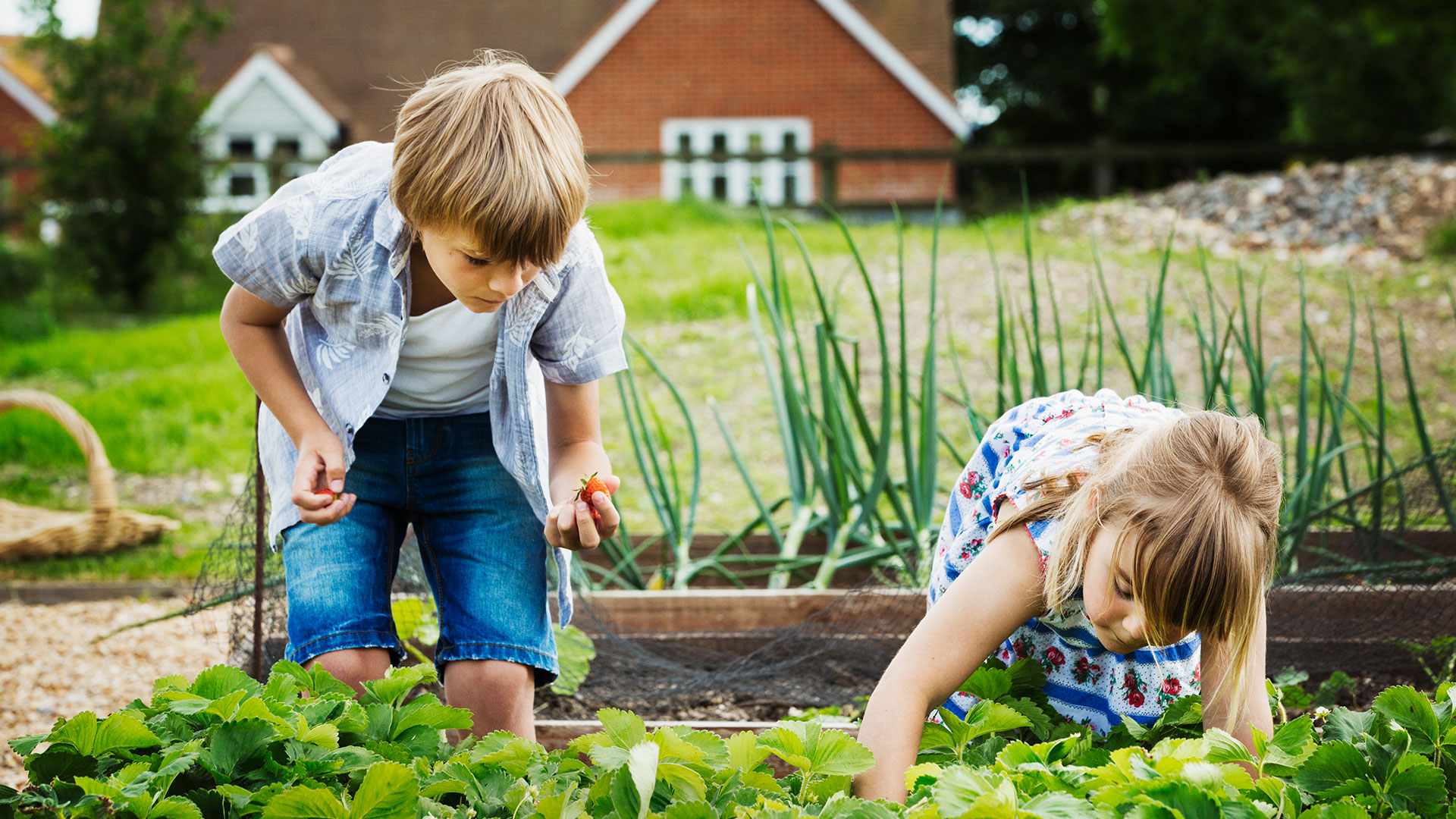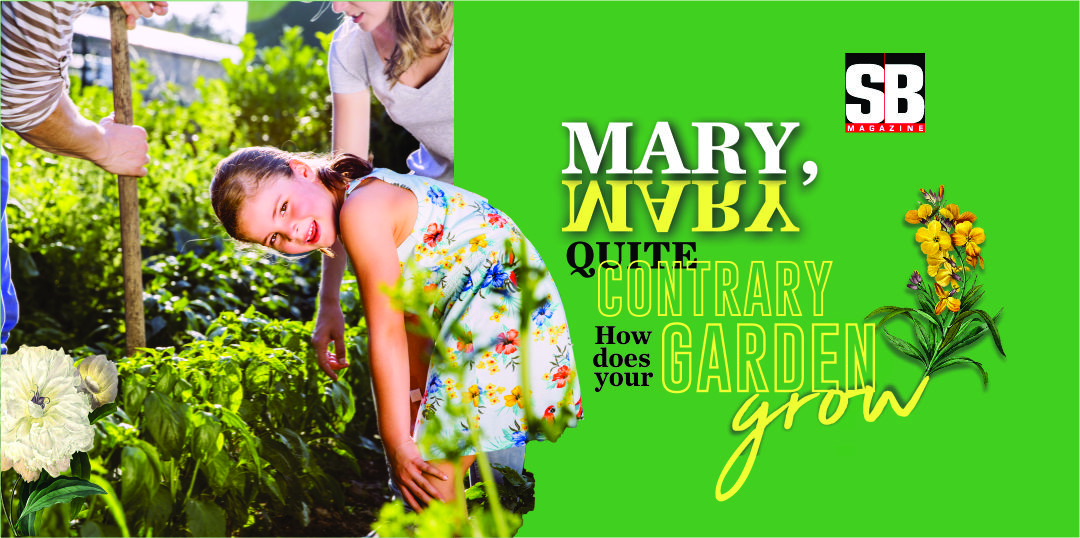With silver bells and cockle shells and pretty maids in a row.
This nursery rhyme, dating back to the 16th century, doesn’t have anything to do with planning a garden. It’s about being unsuccessful. And, if we’re being honest, many of us are unsuccessful when it comes to planning and nurturing a beautiful garden. To make it easier and a little less expensive (it can get pricey to replace plants that you’ve killed), here are some great tips to get you started. This nursery rhyme,dating back to the 16th century, doesn’t have anything to do with planning garden. It’s about being unsuccesful.
1. What zone are we in (and why is it important to know)?
The United States Department of Agriculture thrives on keeping records. They published the first recommended growing zone map back in 1960. This map comes in handy when you’re choosing what to plant. Some plants will not survive in extreme cold temperatures or in high temperatures. We are in Zones 8a through 10a. This means our average temperature ranges from 64-78 in north Louisiana. Not counting last summer. Climate and weather play a crucial role in determining the success of a garden. Temperature, for instance, is a critical factor that affects plant growth, especially for plants grown in a garden, such as vegetables and fruits. The ideal temperature range for planting varies depending on the plant species, and planting outside of the optimal temperature range can lead to stunted growth or even death. Precipitation and sunlight are other essential weather factors that affect plant growth. Knowing your regional climate and hardiness zone can help align the growing season, timing and amount of rainfall, and temperature ranges to ensure optimal plant growth and yield. Planting calendars are designed to calculate the best time to start seeds and plant a garden based on the first and last frost dates. By researching and understanding the ideal planting season for your area, you can maximize your garden’s potential.
2. Dirt isn’t just dirt.
You can’t just dig a hole, plop a plant in, and hope for the best. At least give it a fighting chance. Sometimes, most of the time, you will have to optimize your garden soil. Knowing the soil type and nutrients required to grow a healthy plant is essential for a successful garden. Soil testing provides valuable information about the physical and chemical properties of the soil, including nutrient content, pH levels, and water retention. Understanding the nutrient requirements of plants and the optimal pH levels for growth is crucial in selecting the right fertilizers and soil amendments. Even with healthy soil, it pays to add compost.

3. Just because it’s your favorite plant doesn’t mean it will thrive in your garden.
I learned this the hard way after numerous attempts to get a hydrangea macrophylla to grow in a flower bed exposed to the most sun. It mostly fried last summer. When selecting plants for your garden, it’s important to consider the purpose of the garden. Are you planting a vegetable garden to provide fresh produce for your family, or are you creating a decorative garden to enhance the aesthetic appeal of your property? The answer to this question will influence the types of plants you choose to grow and the layout of your garden. For example, a vegetable garden will require ample sunlight and nutrient-rich soil, while a decorative garden may prioritize plants with vibrant colors and unique textures. Choosing plants that are suitable for the climate in our area is another important factor to consider. Different plants have different temperature preferences and tolerances and planting them at the wrong time of year or in the wrong location can lead to poor growth and low yields.
Planting techniques and proper spacing are critical for the health and growth of your plants. Proper plant spacing helps ensure that each plant receives sufficient light, water, and nutrients. Knowing the recommended spacing requirements for different plants can help you avoid overcrowding and improve your garden’s overall yield. However, proper spacing often depends on the growing method and can be tricky to determine. It’s important to research and follow the recommended spacing guidelines for each plant.
Maintenance and care for plants are crucial for their health and longevity. After the plants become established, appropriate, and timely maintenance, such as pruning, watering, fertilizing, and mulching, can further enhance their growth. Newly planted trees and shrubs should be adequately watered two to three times per week during the first three months following initial planting. Most established ornamental plants in the landscape require regular fertilization, pruning, watering, mulching, and pest control. It’s also essential to water plants deeply and infrequently, rather than shallowly and frequently, to encourage deeper root growth. Planting at the right time is critical for the success of your garden.
To recap: know your zone, know your dirt, know your plants, and know your maintenance schedule. It’s as easy to remember as a nursery rhyme.









